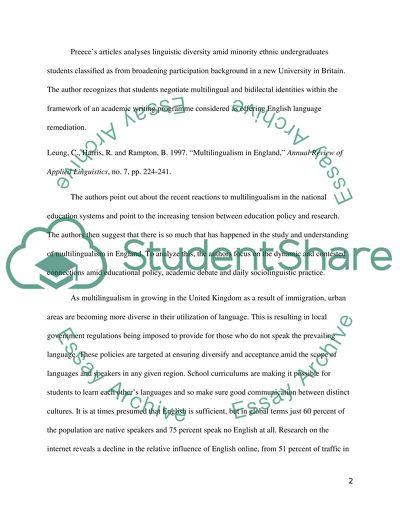Cite this document
(“An Annotated Bibliography Essay Example | Topics and Well Written Essays - 1500 words”, n.d.)
Retrieved from https://studentshare.org/education/1496282-an-annotated-bibliography
Retrieved from https://studentshare.org/education/1496282-an-annotated-bibliography
(An Annotated Bibliography Essay Example | Topics and Well Written Essays - 1500 Words)
https://studentshare.org/education/1496282-an-annotated-bibliography.
https://studentshare.org/education/1496282-an-annotated-bibliography.
“An Annotated Bibliography Essay Example | Topics and Well Written Essays - 1500 Words”, n.d. https://studentshare.org/education/1496282-an-annotated-bibliography.


